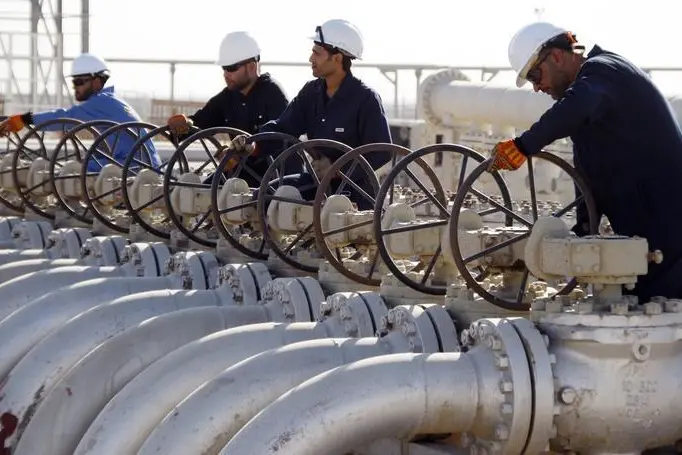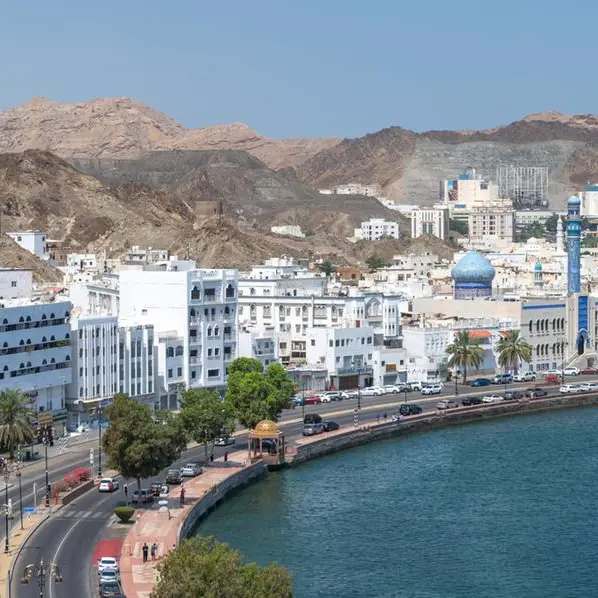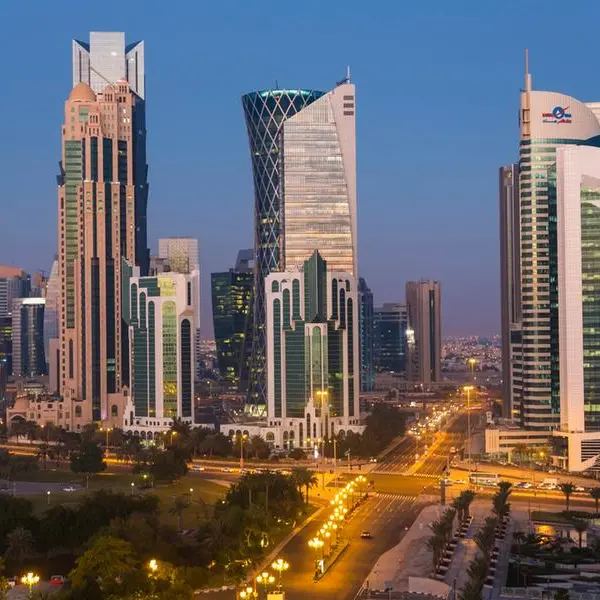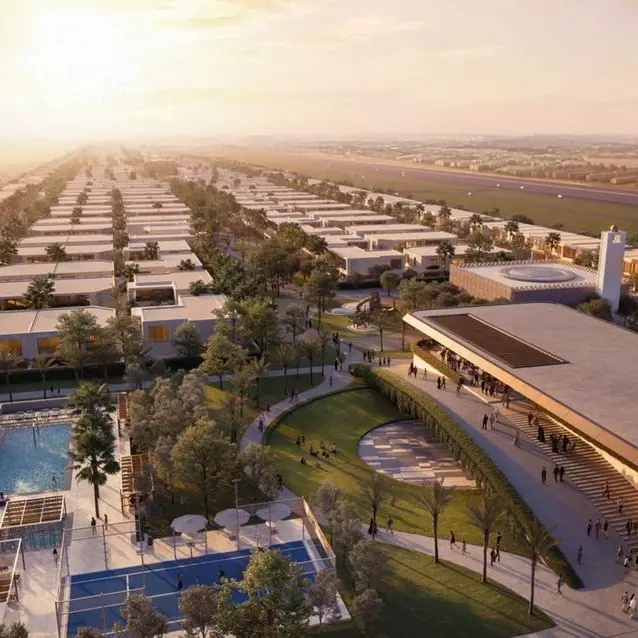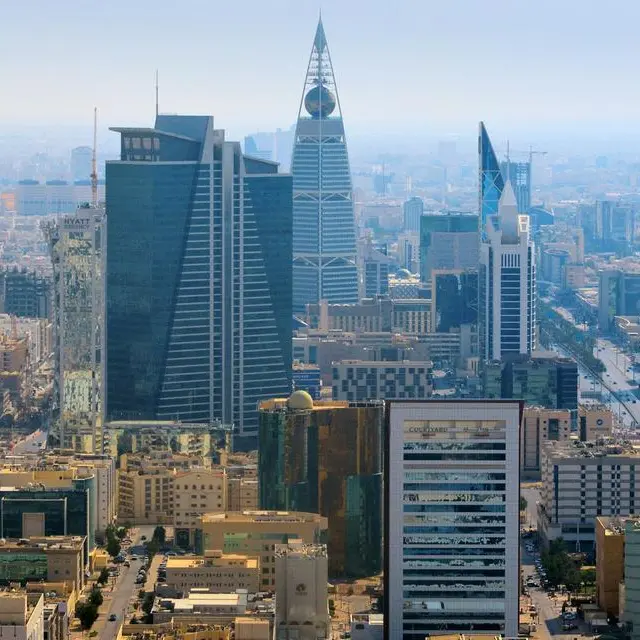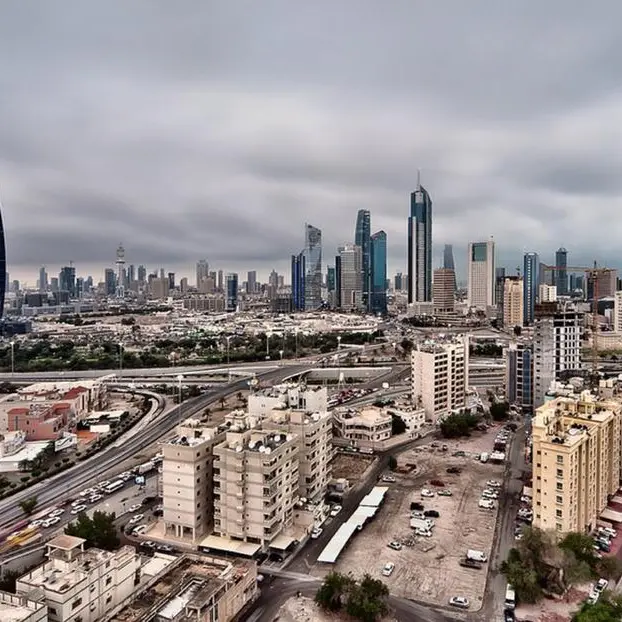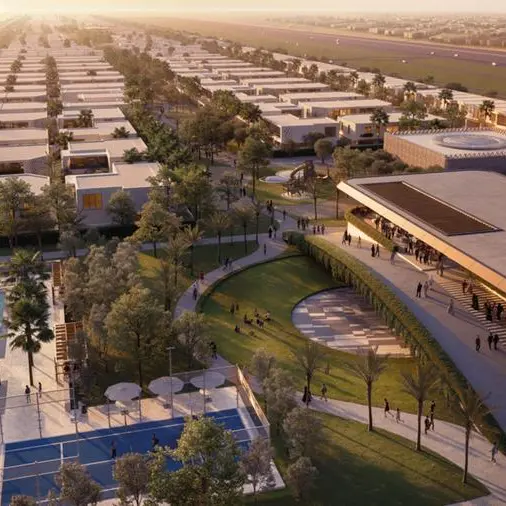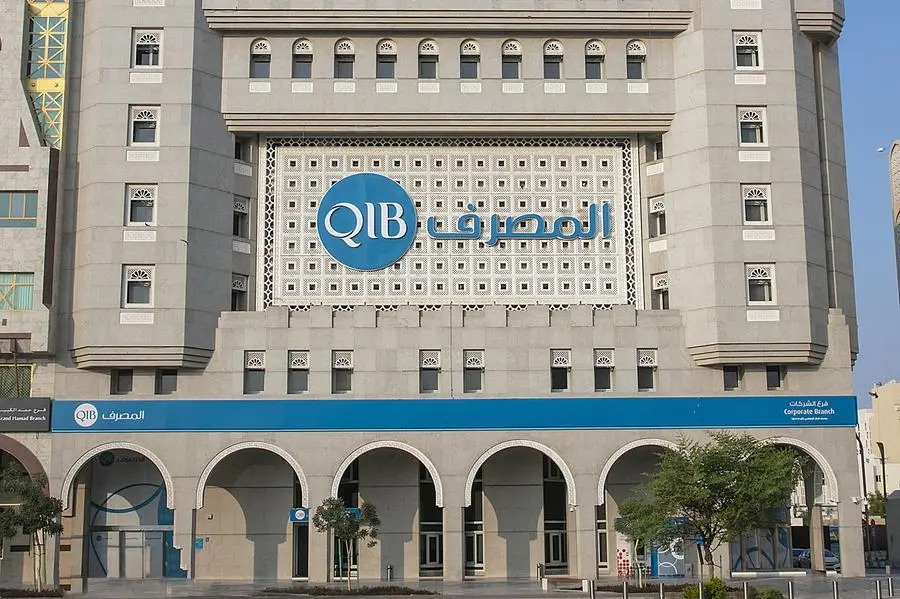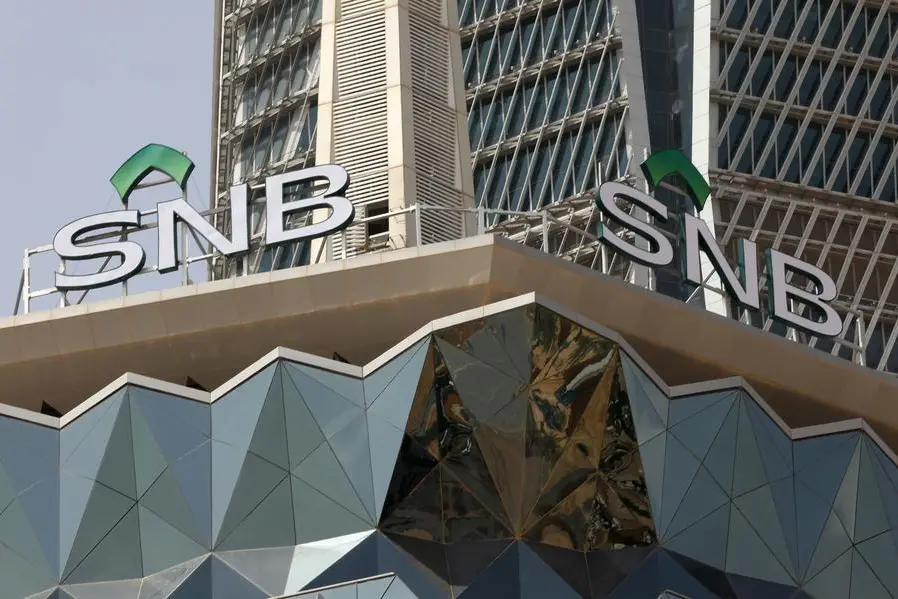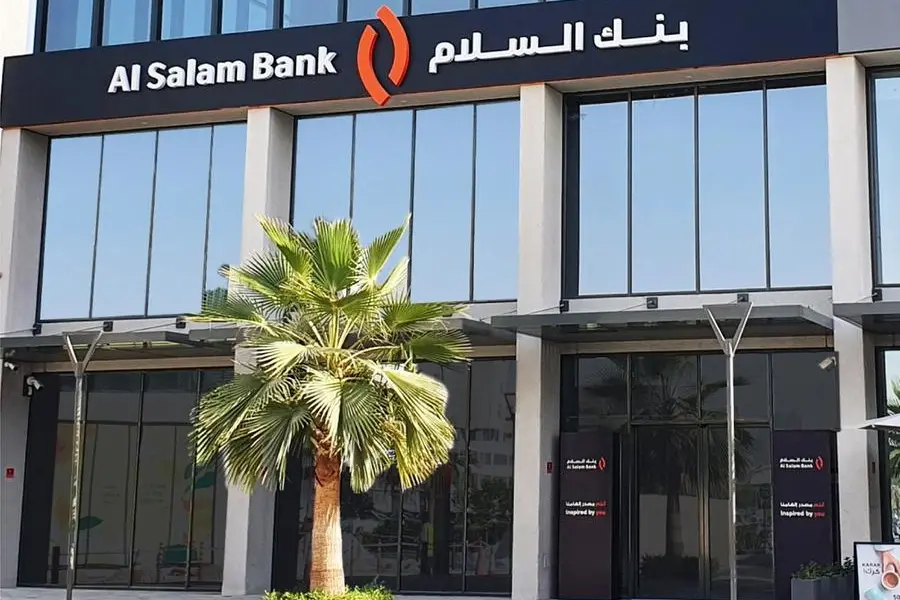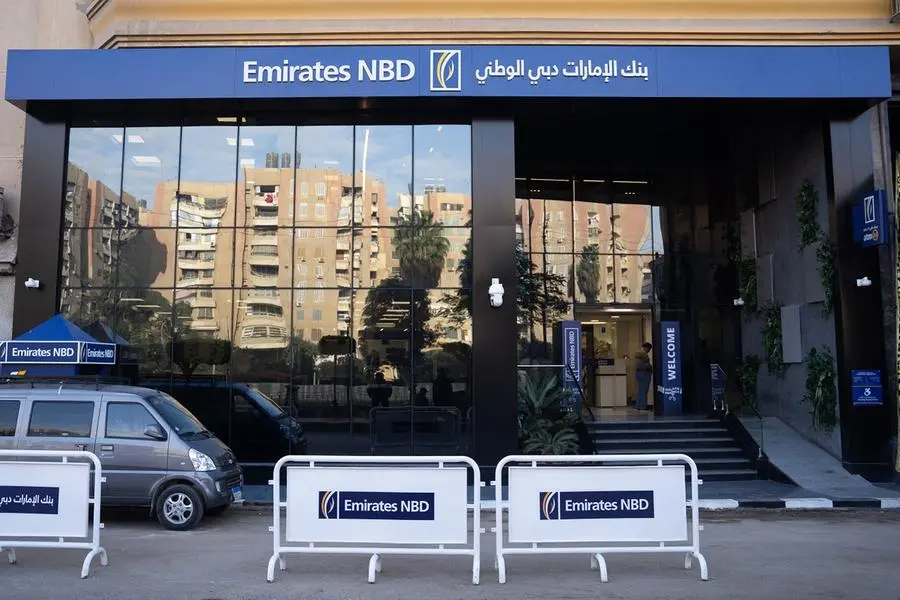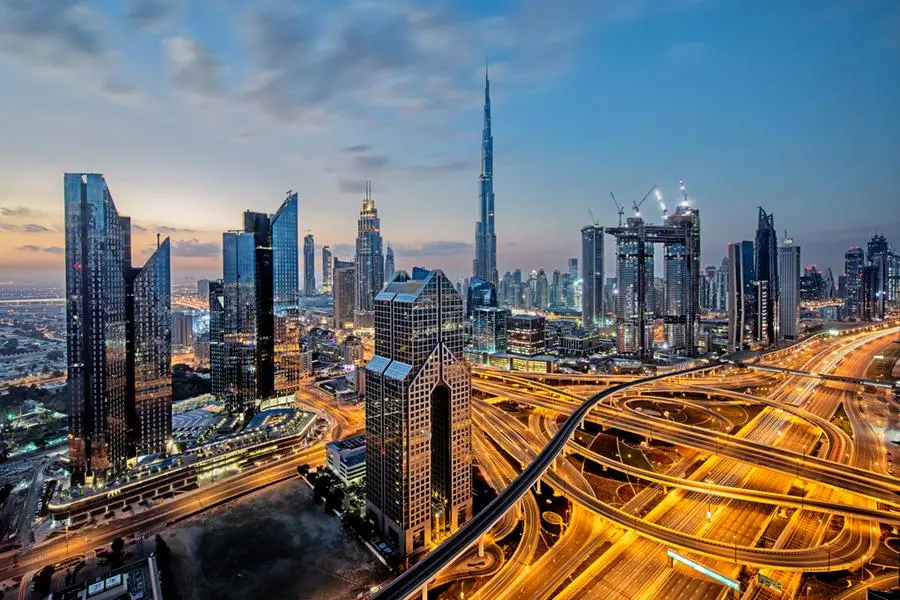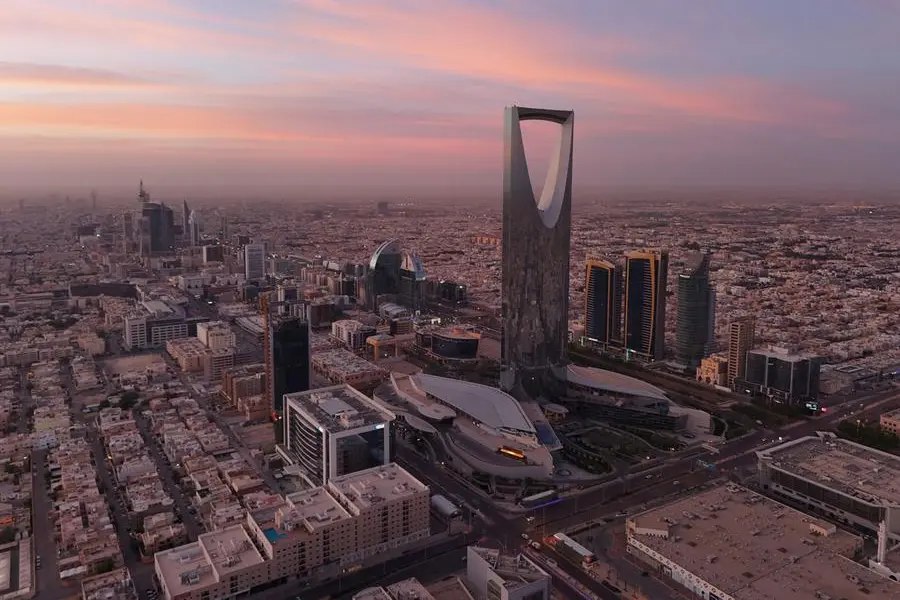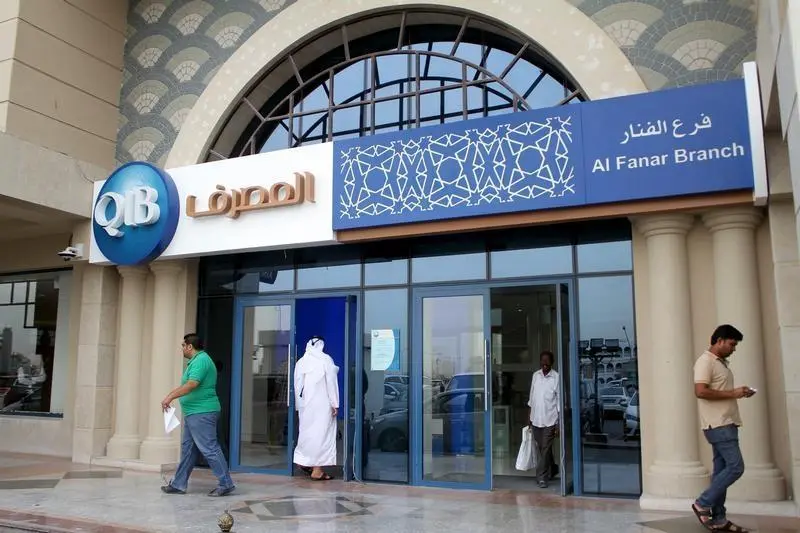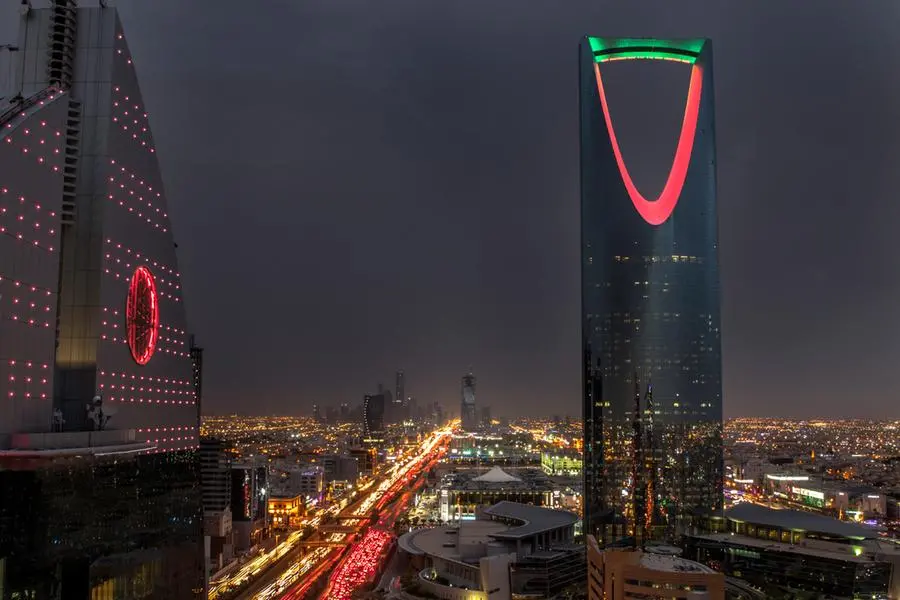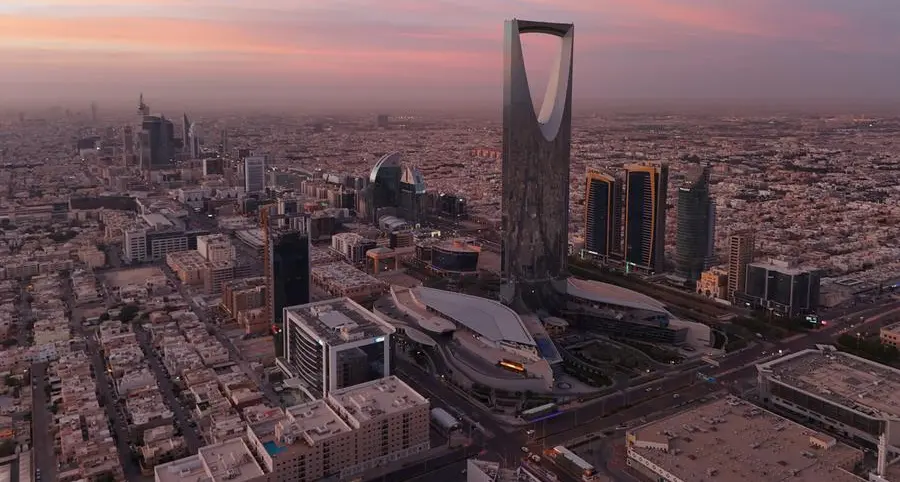PHOTO
Image used for illustrative purpose. Workers adjust the valves of oil pipes at West Qurna oilfield in Iraq's southern province of Basra . Picture taken November 28, 2010.
Arab and Middle Eastern countries are likely to expand their share of Chinese engagement as a broader recovery of Belt and Road Initiatives (BRI) investments and construction contracts appears possible in 2023.
The possible recovery will be driven by China ending its Zero-COVID policy and removing travel restrictions, the Green Finance & Development Centre (GFDC) of the Fanhai International School of Finance at Fudan University, Shanghai, said in its '2022 BRI investment' report.
“There is a clear need for investments to boost growth in the post-COVID-19 world supported by global financial institutions, including developing finance institutions (such as the World Bank, Asian Development Bank), from which Chinese contractors can benefit,” the report said.
However, the report does not expect Chinese BRI engagement to reach the levels of 2018-2019.
The Chinese Ministry of Commerce has put a break on fast overseas expansion in its 14th Five-Year Plan (FYP) for 2021 to 2025, earmarking investments of $550 billion (including non-BRI countries), down 25 percent from $740 billion in the 2016-2020 period.
Moreover, Chinese contracting volume is proposed to decrease to $700 billion in this five-year plan from $800 billion in the previous one.
“However, with relatively low levels of BRI engagement in 2021 and 2022, some acceleration should be possible,” the report added.
It said potential engagements can be anticipated in five project types: manufacturing in new technologies (batteries), trade-enabling infrastructure (pipelines, roads), ICT (data centres), resource-backed deals (mining, oil, gas) and high visibility or strategic projects (railway).
Key points in the 2022 report include:
- BRI finance and investments remained steady at $67.8 billion in 2022, compared to $68.7 billion in 2021
- Investments as a share of BRI engagement reached record levels at 48 percent, up from 29 percent in 2021 and compared to an average of 40 percent
- Since 2013, cumulative BRI engagement amounted to $962 billion, about $573 billion in construction contracts, and $389 billion in non-financial investments
- Energy-related engagement at lowest levels at $24.1 billion compared to strong technology manufacturing engagement
- Fossil fuels constituted about 63 percent of Chinese BRI overseas energy engagement, particularly in gas pipelines, possibly undermining global climate goals
- Green energy engagement (solar, wind, hydro) in 2022 increased by 50 percent
- 14 countries saw a 100 percent drop in BRI engagement, including Angola, Nepal, Peru, Russia, and Sri Lanka
- Engagements with Sub-Saharan Africa and West Asia dropped to the lowest levels
- Arab and Middle Eastern countries could expand their share of Chinese engagement
- Major beneficiary countries of Chinese investments were Hungary ($7.6 billion), Saudi Arabia, and Singapore
- The Philippines and Argentina were the main beneficiaries of Chinese construction engagement
- The average deal size for construction projects was the smallest since 2013, dropping from $496 million in 2021 to $330 million in 2022
- BRI investments were unusually dominated by private sector enterprises, while construction contracts were dominated by state-owned enterprises last year
(Writing by P Deol; Editing by Anoop Menon)
